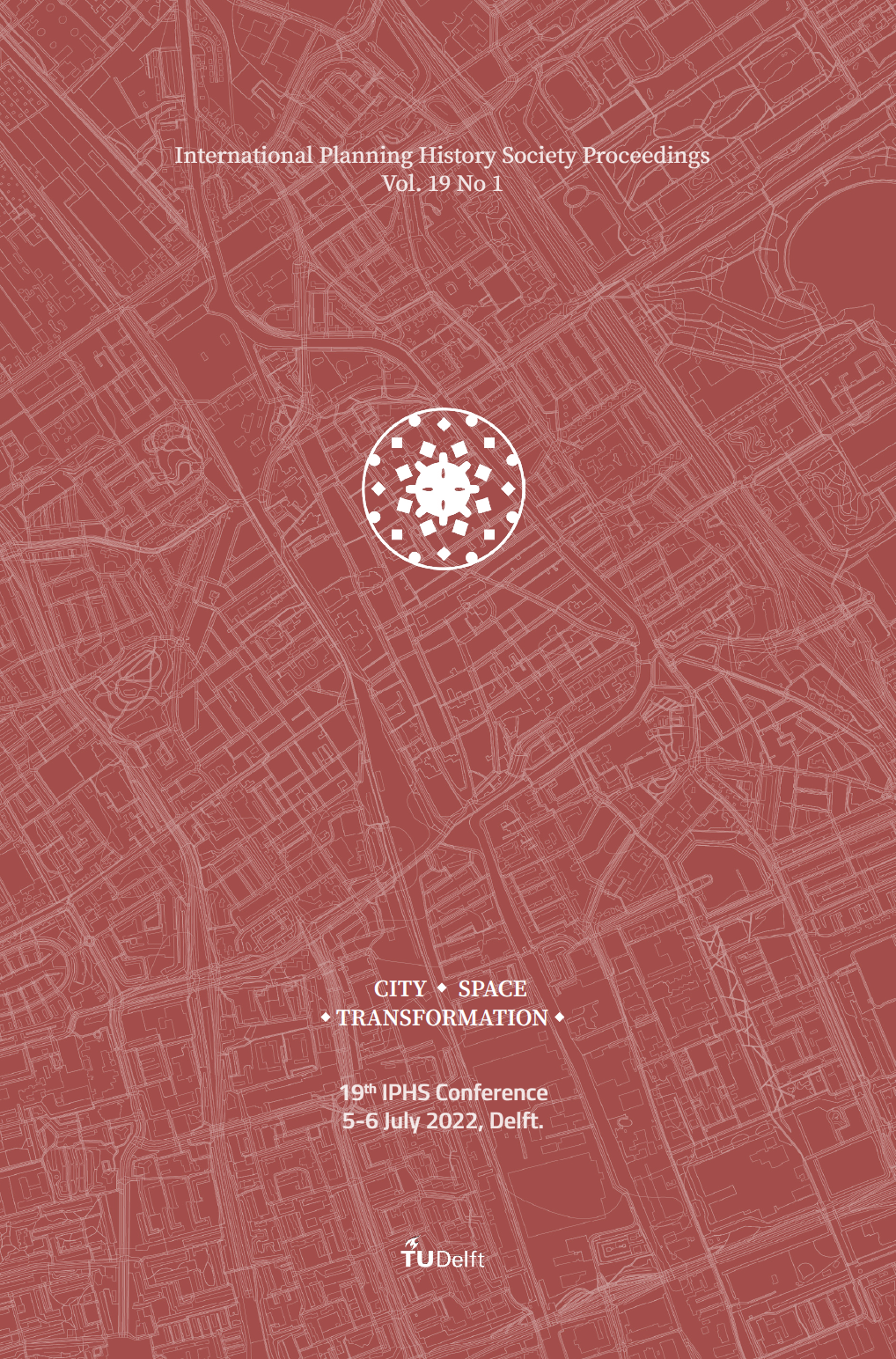Re-uncovering the collectivism in Mao’s China, 1950s-1970s
The workers’ villages in Northeast China
DOI:
https://doi.org/10.7480/iphs.2022.1.6443Abstract
This article focuses on the workers’ villages in Northeast China during Mao’s period (1950s-1970s). This region is considered as one of the first that realized socialist industrialization, where an explicit emphasis was put on the broad new living-conditions and lifestyle of the industrial employees’ lives. This study will illustrate, that due to the sufficiency of supplementary infrastructure and facilities, together with a highly ideological administration, such workers’ villages can be described as micro-society, apart from the city, enhancing the inner members’ collectivity as a whole. At the same time, on a social level, people in workers' villages lived as one collective through their everyday interaction and self-management. This regime was challenged in the 1978-national reform when the decline was announced of the established structure and regulations served towards the egalitarianism, collectivism, and ultimately communism. At the same time those workers villages were absorbed in the growing Chinese cities, making them part of the present-day urban fabric. This article also emphasizes the importance of this vanished collectivism, which is more than just a communist product that reflects past political, social, economic, cultural, and spatial facets, but is also a rare and important heritage with an important socio-spatial significance
Downloads
Published
How to Cite
Issue
Section
License
Copyright (c) 2022 Yiping Zhang, Yves Schoonjans, Gisèle Gantois

This work is licensed under a Creative Commons Attribution 4.0 International License.

